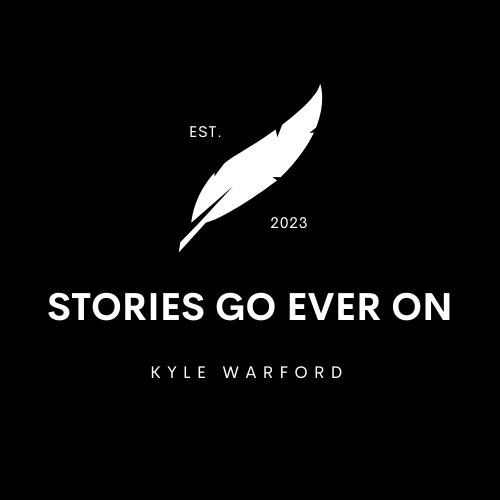Writing a compelling story opening is crucial to hooking your readers and keeping them engaged throughout the entire journey. A well-crafted opening not only captures attention but also sets the stage for the emotional rollercoaster that awaits the reader. Here are some expanded tips on how to write a captivating story opening:
Start with Action or Intrigue: Plunge your readers into the heart of the story from the very first sentence. Launch the narrative with a thrilling action sequence, an unexpected event, or an intriguing dilemma. By doing so, you instantly ignite curiosity, making readers eager to uncover what happens next.
Introduce an Engaging Character: Your opening should feature a protagonist or a central character who sparks the reader’s interest. Delve into their unique personality, emotions, or aspirations. Make them relatable, flawed, or endearing, allowing readers to form an immediate connection.
Set the Scene: Transport your readers to the story’s setting by skillfully painting a vivid and immersive picture. Use sensory descriptions to create a tangible atmosphere, letting readers feel the chill in the air, smell the salty sea breeze, or hear the bustling sounds of a crowded city.
Establish the Conflict: Imbue your opening with the essence of conflict. Whether it’s a personal struggle, an external threat, or a hidden mystery, hint at the challenges the characters will face. This sets the stage for the journey ahead and creates the desire to see how the characters overcome their obstacles.
Create a Hooking First Line: Craft a powerful and memorable opening sentence that lingers in the reader’s mind. An intriguing question, a thought-provoking statement, or a captivating image can ignite curiosity and draw readers deeper into the narrative.
Use Foreshadowing: Sprinkle subtle hints and foreshadowing throughout the opening. Drop small clues that hint at future events, creating a sense of anticipation and wonder. This technique compels readers to unravel the mysteries concealed within your story.
Engage Emotions: Appeal to the reader’s emotions by creating moments that resonate on a human level. Whether it’s heartwarming, heart-wrenching, or awe-inspiring, evoking emotions early on forms a bond between the reader and the characters.
Keep it Concise: While an engaging opening is essential, avoid overloading it with unnecessary details. Focus on the core elements that ignite interest and establish the story’s foundation. A concise opening maintains a brisk pace, propelling readers forward.
Create a Strong Voice: Infuse your opening with a distinct narrative voice that reflects the story’s tone and style. A unique voice helps establish the story’s identity and engages readers, immersing them fully in the world you’ve created.
Show, Don’t Tell: Instead of simply telling readers what’s happening, show them through the characters’ actions, thoughts, and interactions. This allows readers to experience the story firsthand, fostering a deeper connection and emotional investment.
Consider Starting In Medias Res: Begin your story “in the midst of things,” dropping readers into a pivotal moment of action or tension. This technique leaves them hungry for context and backstory, eagerly seeking answers as the narrative unfolds.
Reveal the “Why”: As your story progresses, ensure that the reader understands the significance of the opening scene or the main character’s actions. Unravel the “why” behind the events, providing satisfying answers and adding layers of depth to the narrative.
Remember that a compelling story opening serves as an invitation to a captivating world, drawing readers in and enticing them to embark on an unforgettable adventure. By investing time and creativity in crafting this essential element, you lay a solid foundation for a gripping and memorable storytelling experience.


These are awesome writing tips! Sometimes it’s hard to keep in concise, but a great tip overall 🙂
I always find starting a story to be the hardest – even if I know what I want to do at the beginning. These tips are really helpful and I will definitely use them the next time I’m working on a new story idea. I’m sure they will help a lot to get a strong story opening.